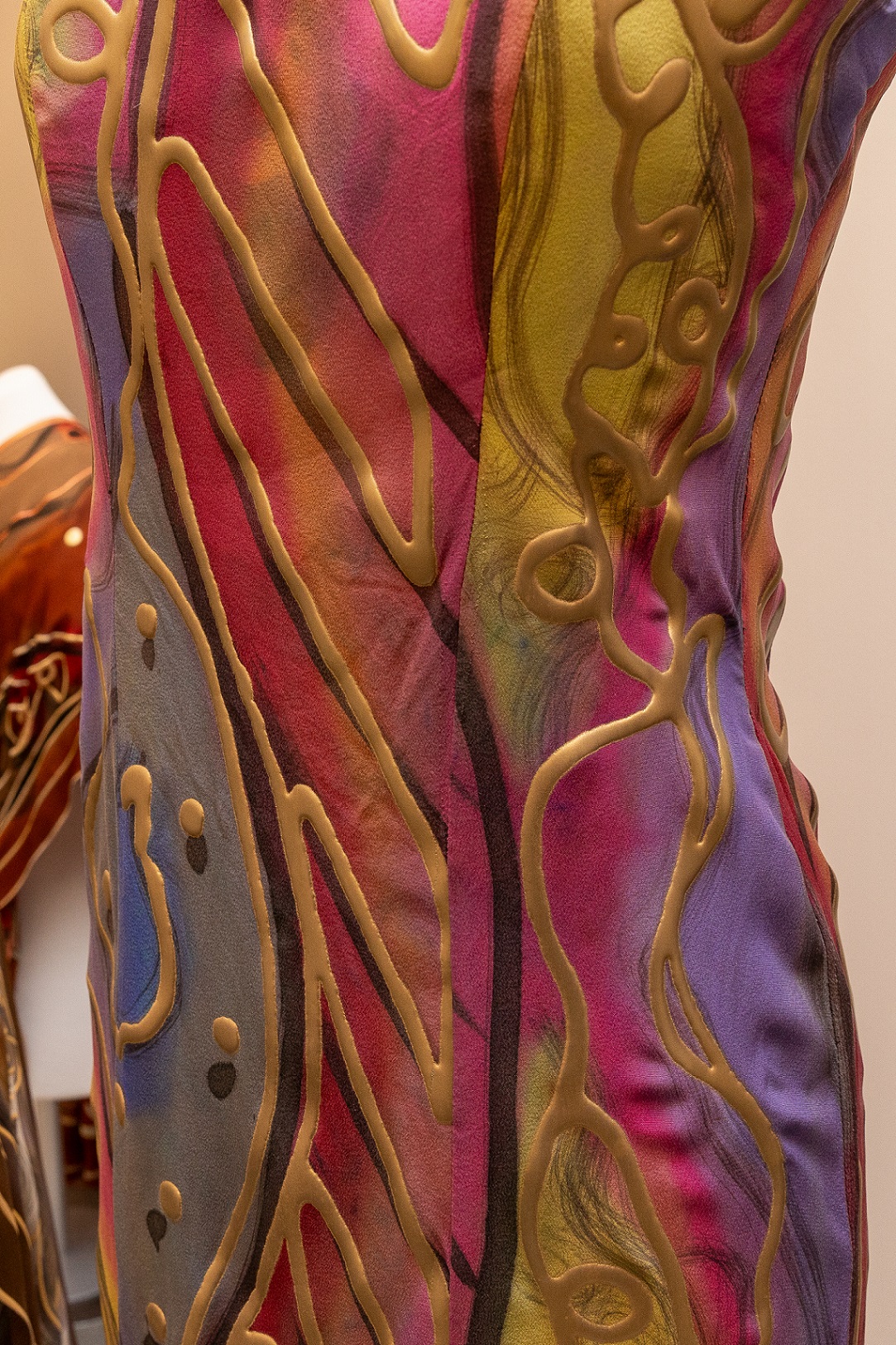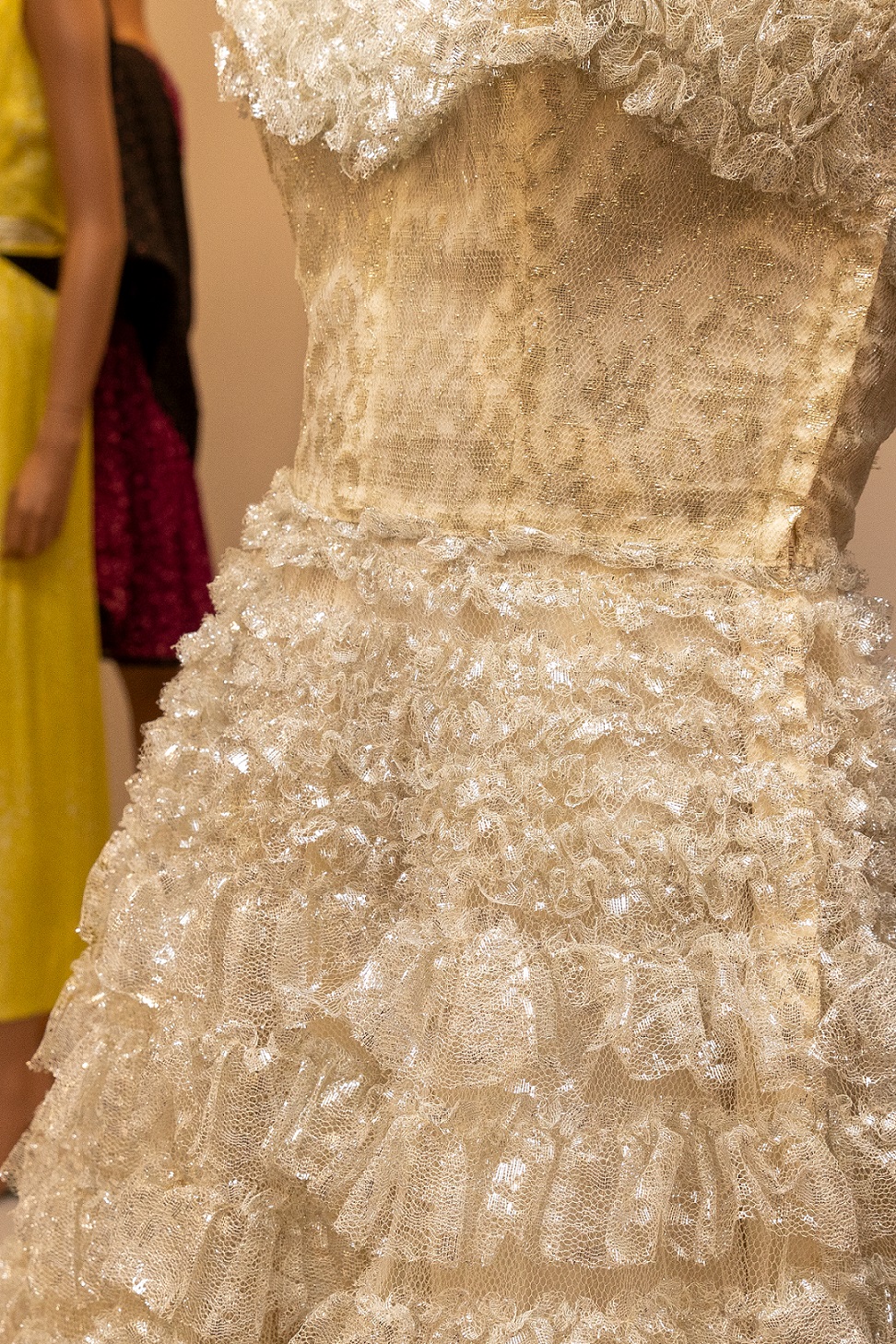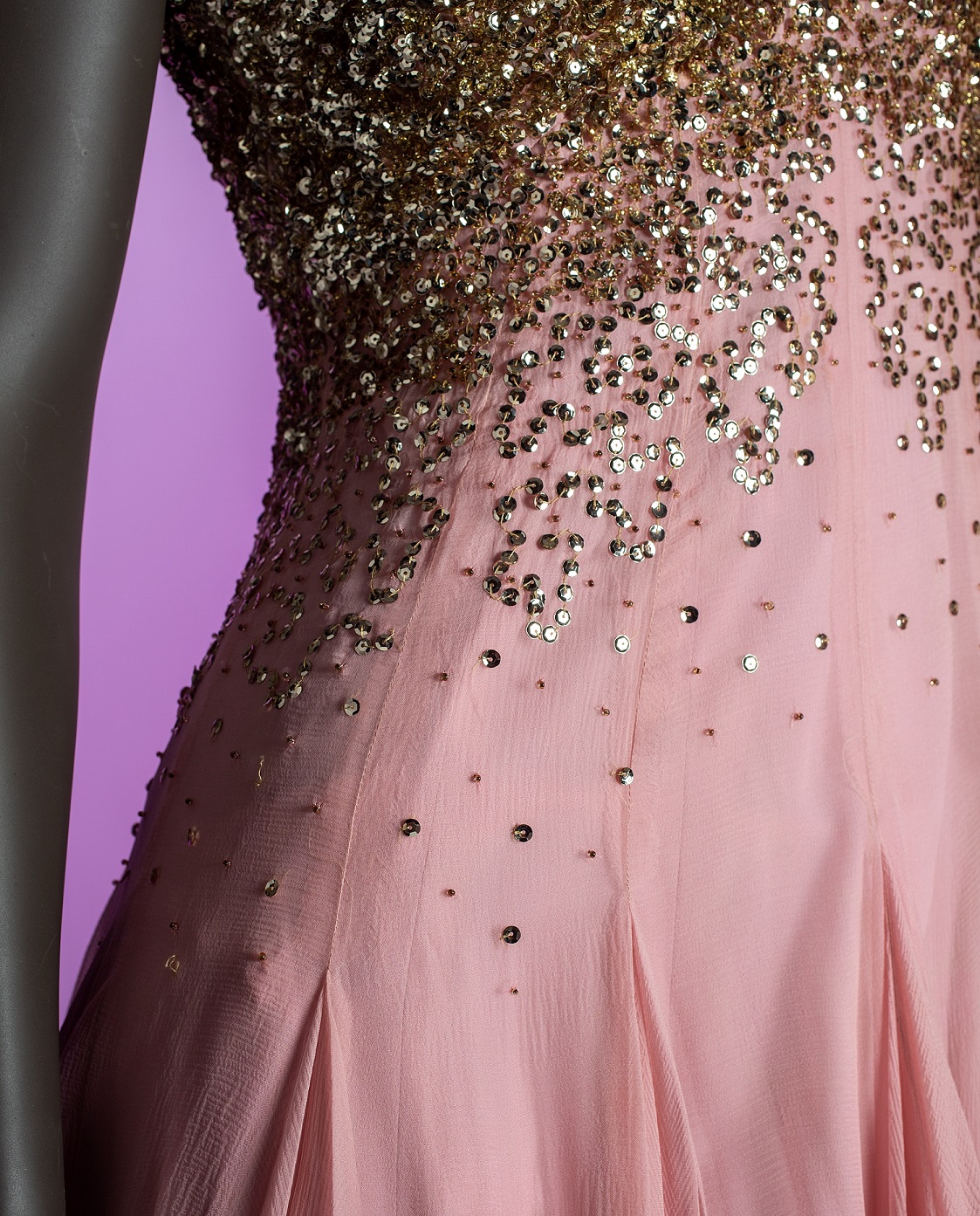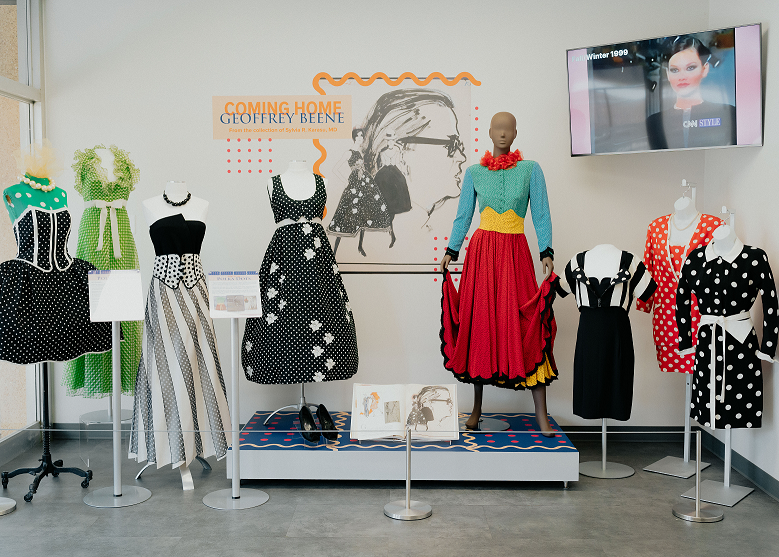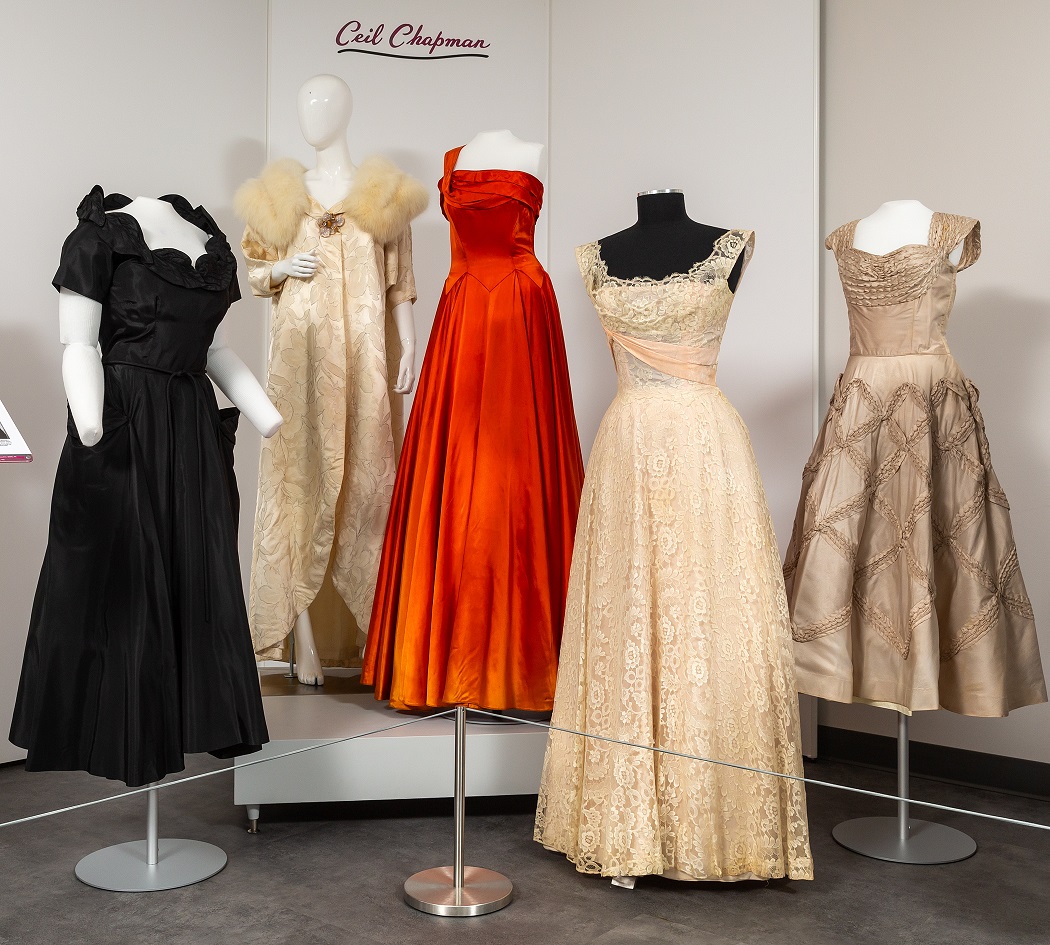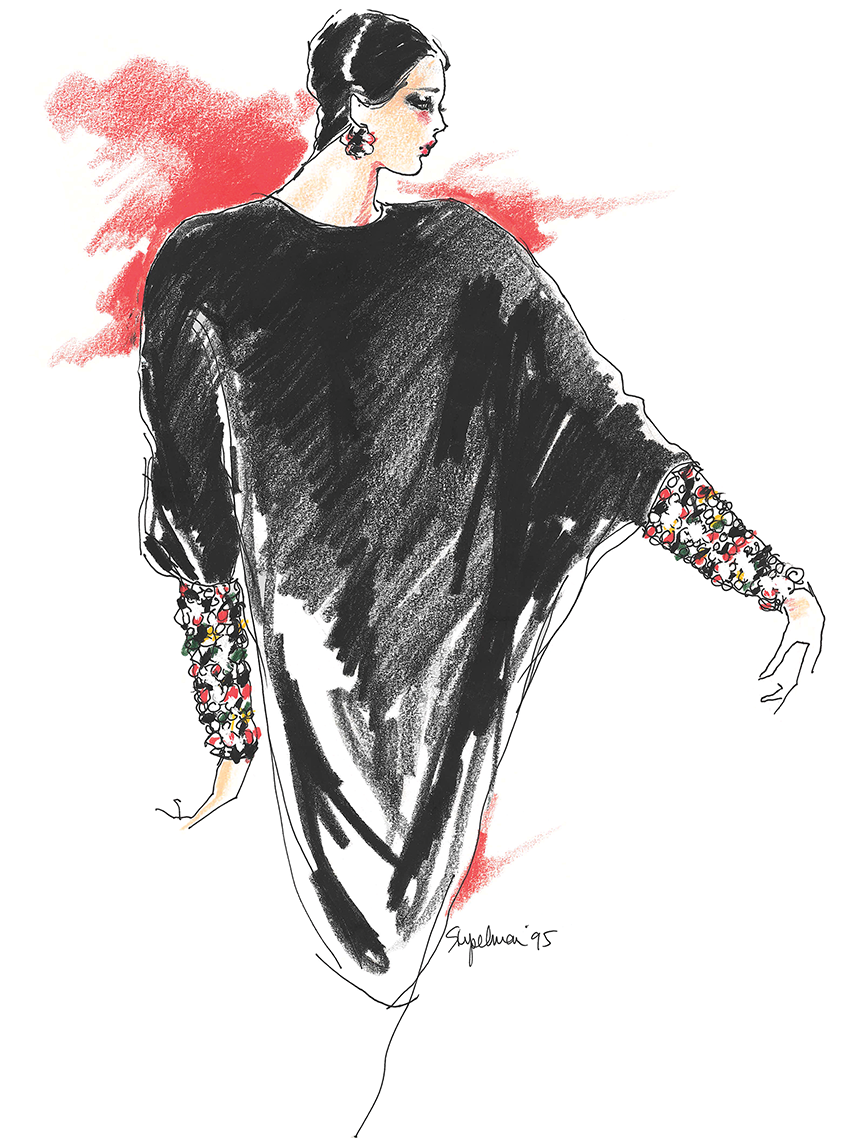LSU Textile & Costume Museum
Our mission is to preserve fashion and textile artifacts according to four priorities:
American fashion, women fashion designers, LSU histories, and Louisiana histories.
We support and enrich the Department of Textiles, Apparel Design, & Merchandising's
academic programs and the greater LSU community of scholars. As the only R1 institution
in the southeast offering MS and Ph.D. degrees in historical/cultural aspects of dress,
we train future academics, researchers, and museum professionals to pursue engaging
careers related to fashion and textiles' comprehensive history and culture. Importantly,
TCM is a conduit connecting students, faculty, staff, alumni, and others across the
state through engaging exhibitions, research, and public programming. TCM collects
exceptional fashion and textile items with a focus on designer pieces that are in
excellent condition.
